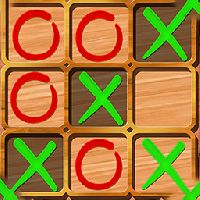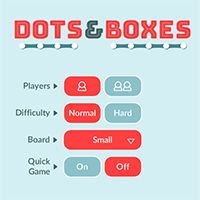SIMILAR GAMES
Description
Game Description: Master Chess is a classic strategy board game that requires skill, foresight, and cleverness. It’s a game of intellectual combat between two opponents, where the objective is to checkmate the opponent’s king by placing it in a position where it’s under attack and cannot escape capture.
How to Play:
- The game starts with the setup of the board, where each player places their 16 pieces (one king, one queen, two rooks, two knights, two bishops, and eight pawns) on their respective starting squares.
- Players take turns moving one piece at a time, with the goal of capturing their opponent’s king.
- Each piece has its unique movement rules, which are as follows:
- King: One square in any direction (horizontally, vertically, or diagonally).
- Queen: Any number of squares in any direction (horizontally, vertically, or diagonally).
- Rook: Any number of squares along a rank (horizontally) or a file (vertically).
- Bishop: Any number of squares along a diagonal.
- Knight: Two squares in one direction (horizontally or vertically), then one square to the side (diagonally).
- Pawn: One square, but captures diagonally one square.
- Players can also use special moves, such as castling (moving the king to the opposite side of the board while moving the rook), en passant (capturing an opponent’s pawn as if it had moved two squares), and promotion (when a pawn reaches the opponent’s end of the board, it can be exchanged for any piece, except a king).
- If a player puts their opponent’s king in check, they must announce “Check!” and the opponent must move their king to a safe square or block the check with one of their pieces.
- If a player’s king is in check and there is no way to escape capture, it’s checkmate, and the game is over.
Full Details:
Setup: The game starts with the standard setup, where the players’ pieces are arranged on the board as follows:
- King: e1 (white) or e8 (black)
- Queen: d1 (white) or d8 (black)
- Rooks: a1 and h1 (white) or a8 and h8 (black)
- Knights: b1 and g1 (white) or b8 and g8 (black)
- Bishops: c1 and f1 (white) or c8 and f8 (black)
- Pawns: a2, b2, c2, d2, e2, f2, g2, and h2 (white) or a7, b7, c7, d7, e7, f7, g7, and h7 (black)
Special Moves:
- Castling: The king can move three squares towards a rook, and the rook moves to the square the king crossed. This is the only move that allows the king to move more than one square.
- En Passant: If an opponent’s pawn moves two squares forward from its starting position, and lands adjacent to your pawn, you can capture it as if it had only moved one square. This can only be done on the next move, or the right to make the en passant capture is lost.
- Promotion: When a pawn reaches the opponent’s end of the board, it can be exchanged for any piece (except a king). The player must announce the type of piece they want to promote to.
Check and Checkmate: A player’s king is in check when it’s under attack by an opponent’s piece. The player must move their king to a safe square or block the check with one of their pieces. If a player’s king is in check and there is no way to escape capture, it’s checkmate, and the game is over.
Draw: If both players agree to end the game with a draw, or if the same position occurs three times, the game is a draw.
Objective: The ultimate goal of Master Chess is to checkmate your opponent’s king. To achieve this, you’ll need to strategically move your pieces to attack your opponent’s king, while defending your own.
















































